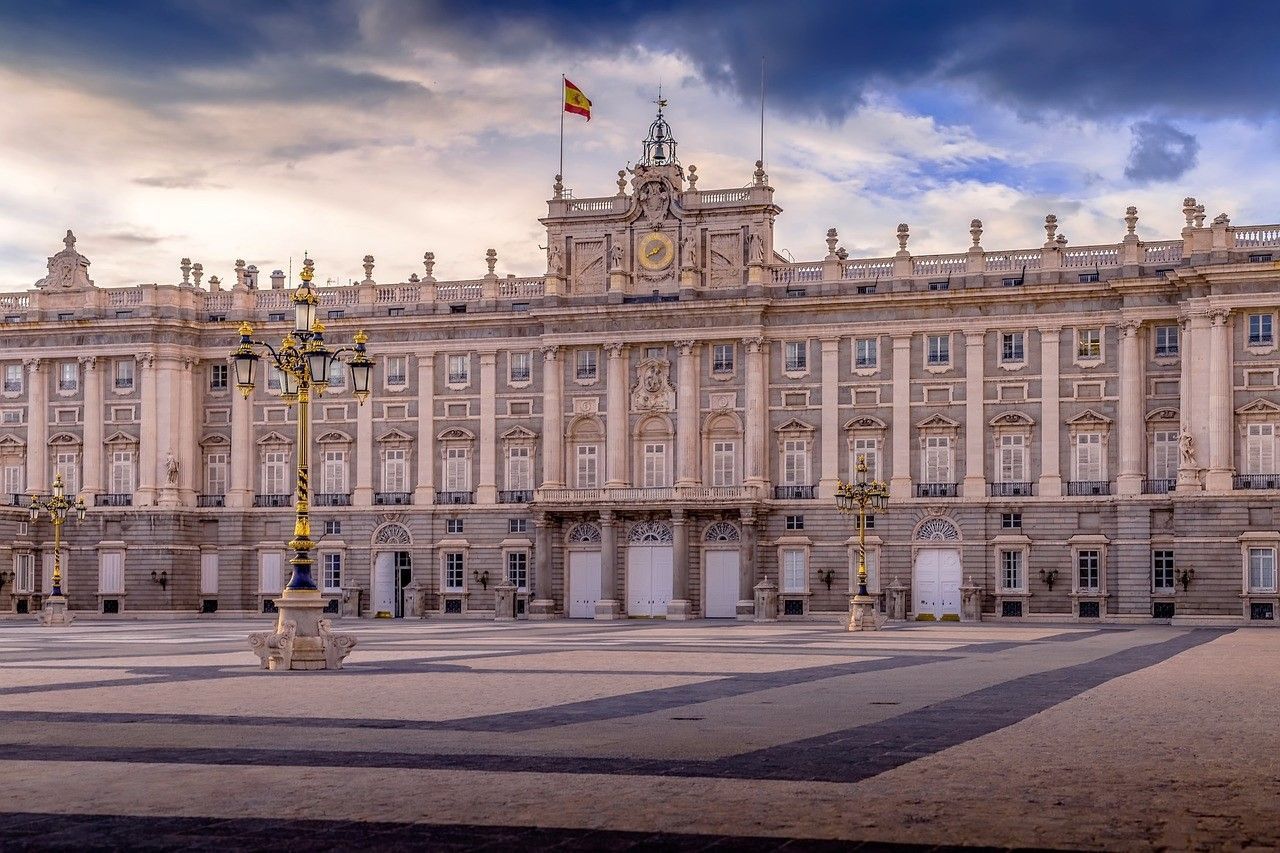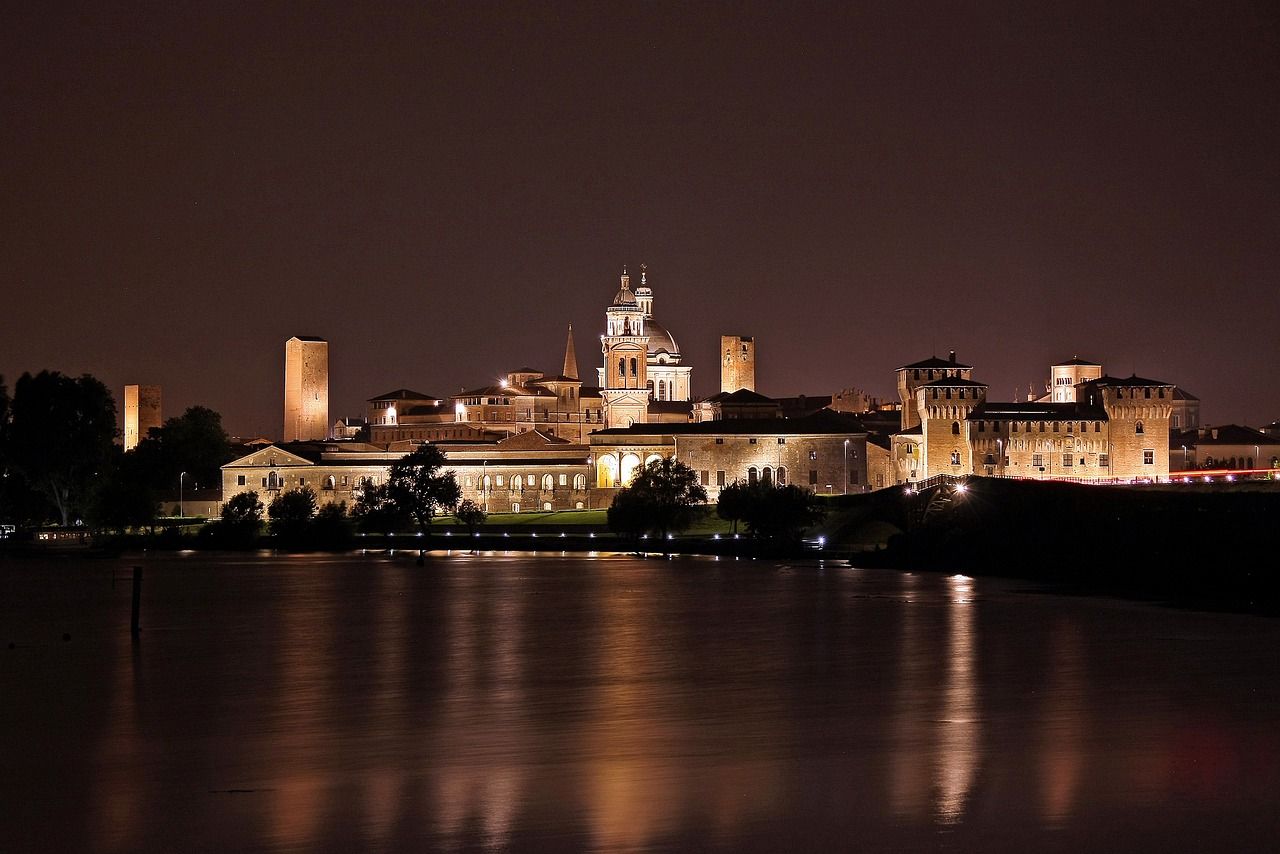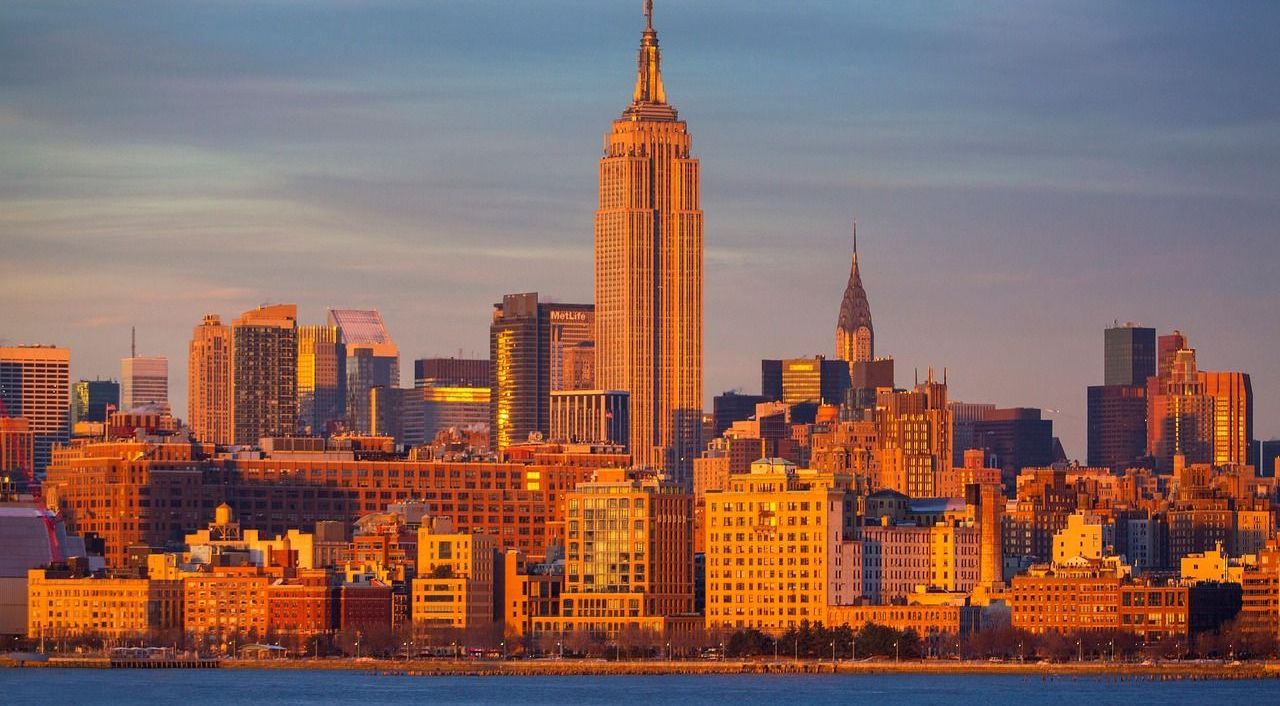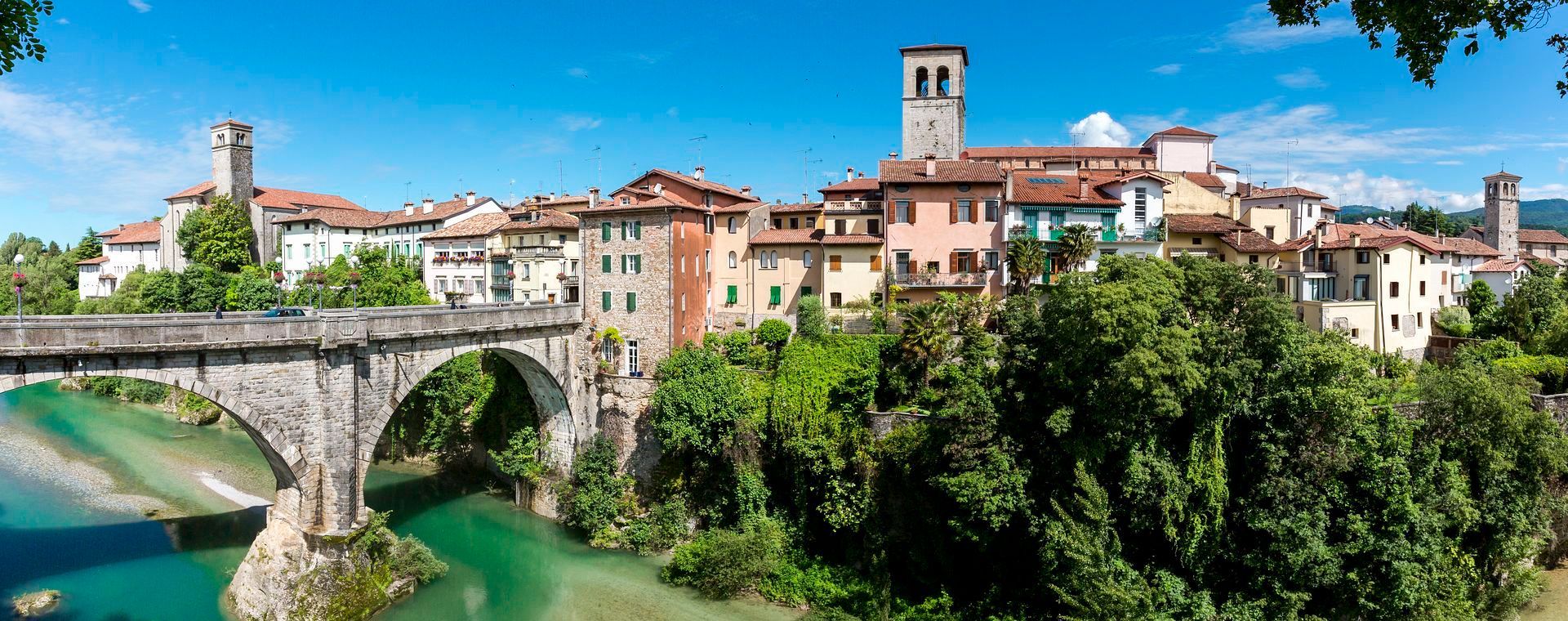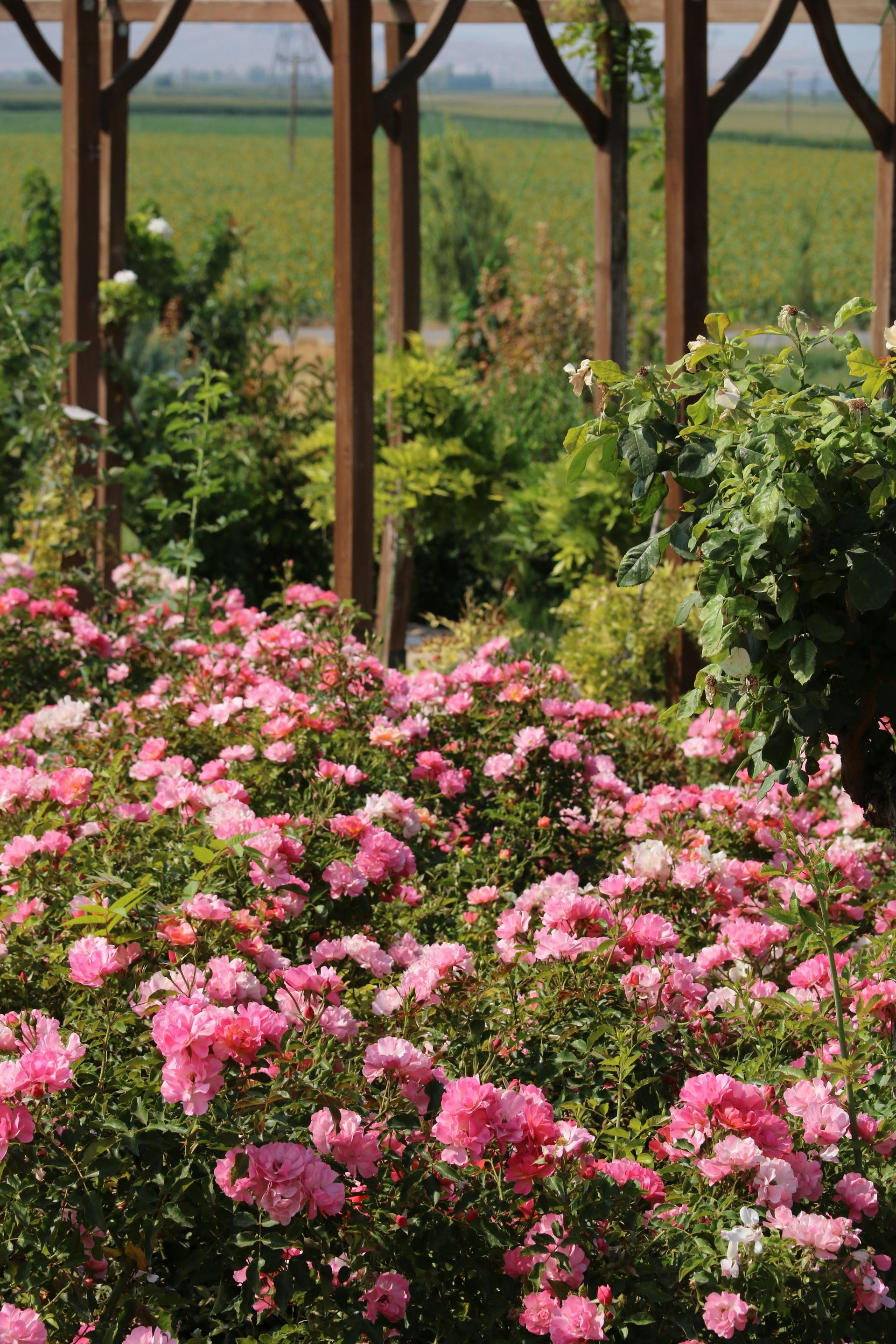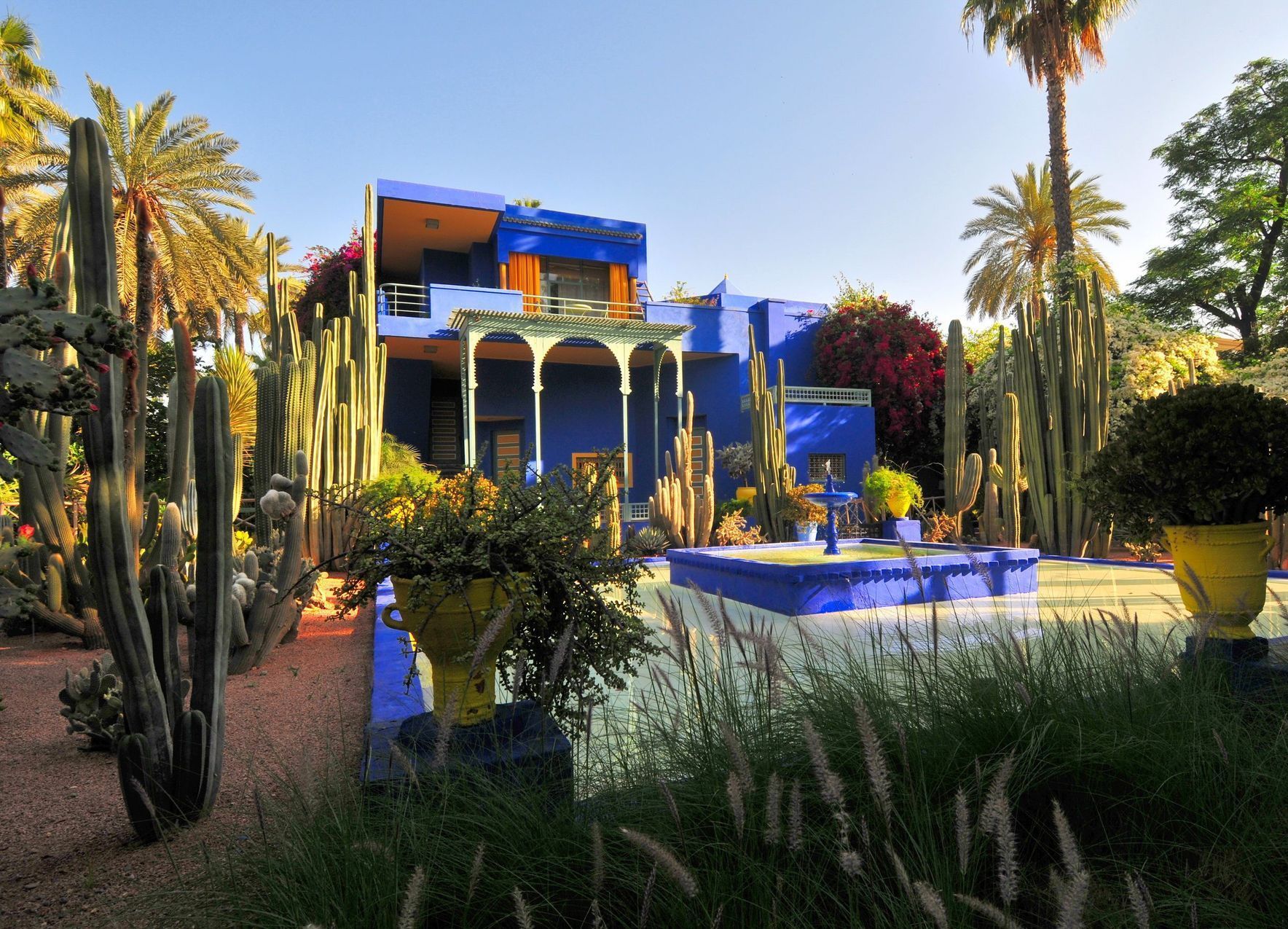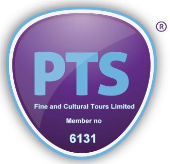AVIGNON Roman Mediaeval Provence | FULL Please enquire
5 days | £2695 per person | 11 - 15 March 2026
Roman Mediaeval Provence
Provence, in southern France, is home to the vibrant cities of Avignon, Arles, Saint-Gilles, and Orange each an important centre in Roman Gaul and each a key player in the cultural, religious, and political life of the area in the Middle Ages. Avignon, Roman Avenio, on the River Rhone, rose to international prominence between 1305-77 when, as home to the Popes, during what St Catherine of Siena dubbed the Babylonish Captivity, it attracted scholars, craftsmen, and clergy, many of whom hailed from Italy and effected fascinating cultural exchange. Arles, once the thriving Roman port of Arelate, situated near the mouth of the Rhone, became an important centre of the Early Christian church under its first bishop, Trophîme, and a stopping point on the Via Tolosana pilgrimage route to Santiago de Compostela. Nearby, Saint-Gilles du Gard, the starting point of the Via Tolosana is renowned for its abbey with an entrance façade embellished with fine Romanesque sculpture. Further north, Orange, Roman Arausio, preserves a magnificent Roman theatre and triumphal arch, which added to the town’s prestige during the Middle Ages. Together, these towns reflect the enduring legacy of Roman civilisation blended with the evolving spirit of the mediaeval Provencal Church.
Day to day Itinerary
Day 1
Fly from London to Marseille and transfer to hotel. We will begin at the Pont St Bénézet to think about Avignon’s origins and city’s development during the Middle Ages. A short walk will take us to Notre Dame des Doms, the 12th-century cathedral with important monuments that include: an early Romanesque altar table; the lofty tomb canopy of Pope John XXII (1316-34); and the tomb of Pope Benedict XII (1334-42), who oversaw the earliest building campaign of the Palais des Papes. In the porch we will study the shadowy remains of frescoes painted in the late 1330s by Simone Martini, the Sienese artist, for Cardinal Stefaneschi. We enjoy our first group meal together.
Day 2
Visit to the Palais des Papes, constructed by Popes Benedict XII and Clement VI between 1334-52, where Sally will not be allowed to speak but will be available to answer questions. The upper layers of plaster from Simone Martini’s Cathedral frescoes are on show. These, together with the Grand Tinel, the Popes’ grand banqueting hall and adjoining kitchen, plus chapels and papal apartments with walls painted by other Italian artists such as Matteo Giovanetti of Viterbo will be the high points of the visit. After lunch together, a visit to the Petit Palais, close to the Palais des Papes. This museum houses some finely carved Romanesque capitals from a cloister at Notre Dame des Doms and the remains of a grand transi or cadaver tomb that belonged to a 15th-century French cardinal. There is also an exceptionally fine collection of Italian panel paintings. We will concentrate on those which are contemporary with the Popes’ stay in Avignon, including some roundels painted by Simone Martini and Virgin and Child panels painted by less famous Italian artists. Evening at leisure.
Day 3
Drive by private coach to St Gilles du Gard situated at the gateway to the Camargue, a flat landscape of marshes and salt lagoons populated by white horses, pink flamingoes and small black bulls. St Gilles was a local hermit saint of 7th century; the abbey church dedicated to him, built c. 1120-60 became the starting point of the Via Tolosana pilgrimage route to Santiago de Compostela. At the west end a triple entrance portal teems with Old and New Testament figures and scenes arranged in a format that resembles clearly a Roman triumphal arch. There are ruins of an earlier choir behind the church and nearby a fine Romanesque stone house. A short transfer east to Arles for independent lunch and after to visit the excellent, modern, Museum of Ancient Arles and Provence to look at a fine collection of sarcophagi and other objects from Roman and Early Christian Arles, including a large Gallo-Roman barge salvaged from the Rhone’s muddy bank in 2004. The 12th-century portal of the church of St Trophîme demonstrates, with clarity, the debt owed by Romanesque masons to Antique models. The church contains altars made from repurposed Early Christian sarcophagi and a cloister with a magnificent set of 12th-century figurative reliefs and historiated capitals. Return to Avignon stopping at Alyscamps, an ancient Roman necropolis renowned for its atmospheric rows of sarcophagi. Evening at leisure.
Day 4
We drive north to Orange where the Triumphal Arch on the outskirts of the town provides an opportunity to consider the vocabulary of ornament that dominates many Roman monuments. On to see one of the best-preserved Roman theatres; much of its scaenae frons remains intact, with adjacent ruins of a Forum and associated museum nearby. After an independent lunch in Orange, A short drive north to the hill-top village of Saint-Restitut, famed for quarries of white stone, to see the Provençal Romanesque church of Saint-Restitut embellished with an intriguing bas-relief frieze featuring an array of animals and human figures on the exterior of its 11th century funeral tower We will return to Avignon via the Pont du Gard, in the valley of the River Gard, to see all that remains of an extensive 1st-century B.C. Roman aqueduct built to bring fresh water to the city of Nîmes. The structure bears eloquent testimony to the engineering expertise of the Romans, and their intense appreciation of aesthetic beauty. Arrive back in Avignon to enjoy a farewell meal together.
Day 5
A short drive to Villeneuve lez Avignon, a suburb on the west bank of the Rhone which was home to many cardinals in the 14th century. The Carthusian monastery, or Chartreuse, has more frescoes by Matteo Giovanetti in a chapel dedicated to St John the Baptist, and the small Musée Pierre de Luxembourg houses a Gothic, Parisian, ivory Virgin and Child statuette and a Coronation of the Virgin by Enguerrand Quarton, a 15th-century French painter. Time for an independent lunch before departing for our return flight to London.
Hotel Cloître Saint Louis
Built in the 16th century The Hotel Cloître Saint Louis is listed in the ‘Register of Historical Monuments’ and has, over the centuries, been a military hospital and a branch of the Hôtel des Invalides de Paris. Set in the heart of Avignon, the hotel is close to the Pont and the Palais des Papes. Rooms are furnished with high end amenities including Occitane toiletries, tea and coffee facilities, safe and hairdryer.
With Flights: £2695
Join Direct: £2545
Single Supp: £190
Deposit: £450
Departure Dates:
11 - 15 March 2026
Duration:
4 nights / 5 days
Your Holiday Includes:
- Scheduled return flights (Economy class) from London to Marseille
- Four nights’ accommodation at the Hotel Cloître Saint Louis
- Private coach transfers and excursions
- Two evening meals and one lunch
- Guided visits to the sites and monuments listed in the programme
- Services of the Tour Lecturer and a Tour Manager
- Detailed programme and study notes
- All entrance fees, taxes, and gratuities for coach drivers and serving staff
Tour Lecturers

Dr Sally Dormer
As Director of the Early Medieval Year Course at the V&A, Sally is an expert in medieval art and history. She completed her PhD at the Courtauld Institute, and was, until recently, Dean of European Studies, a study-abroad semester for undergraduates at the University of the South and Rhodes College, TN, USA. Sally also lectures for the Art Fund, the Arts Society, and Ciceroni.
Travel Information
The price does not include extras at the hotels or travel insurance.
Please note that Art Pursuits use hotels of character featuring a variety of rooms & styles.
Stamina
Please note that some of our tours can involve a fair amount of walking, sometimes across uneven ground. Please contact us if you would like more information.
